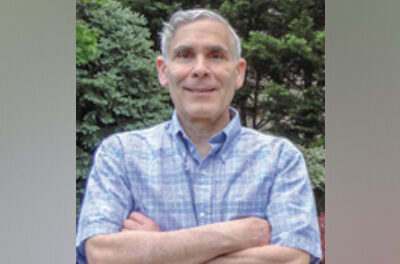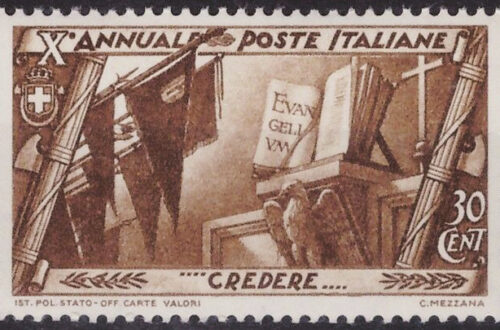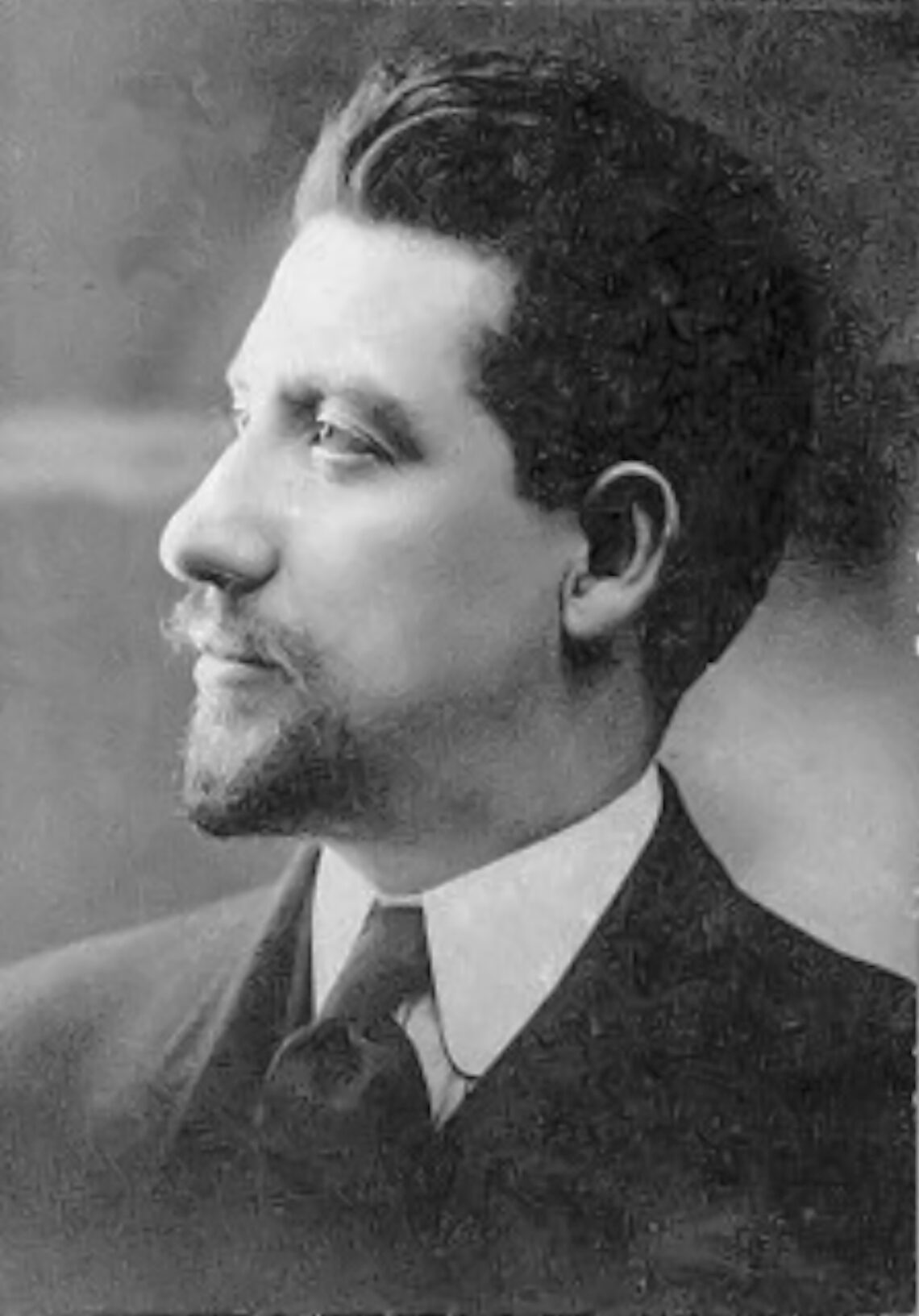
Italian Labor Leaders Advanced Social Justice
(Editor’s Note — Many Italian immigrants were prominent in the formation and advancement of the labor movement in the United States. To commemorate Labor Day, AMHS Board Member Joseph “Sonny” Scafetta, Jr. profiles three such activists who hailed from our regions in Italy and fought for social justice for working people.)
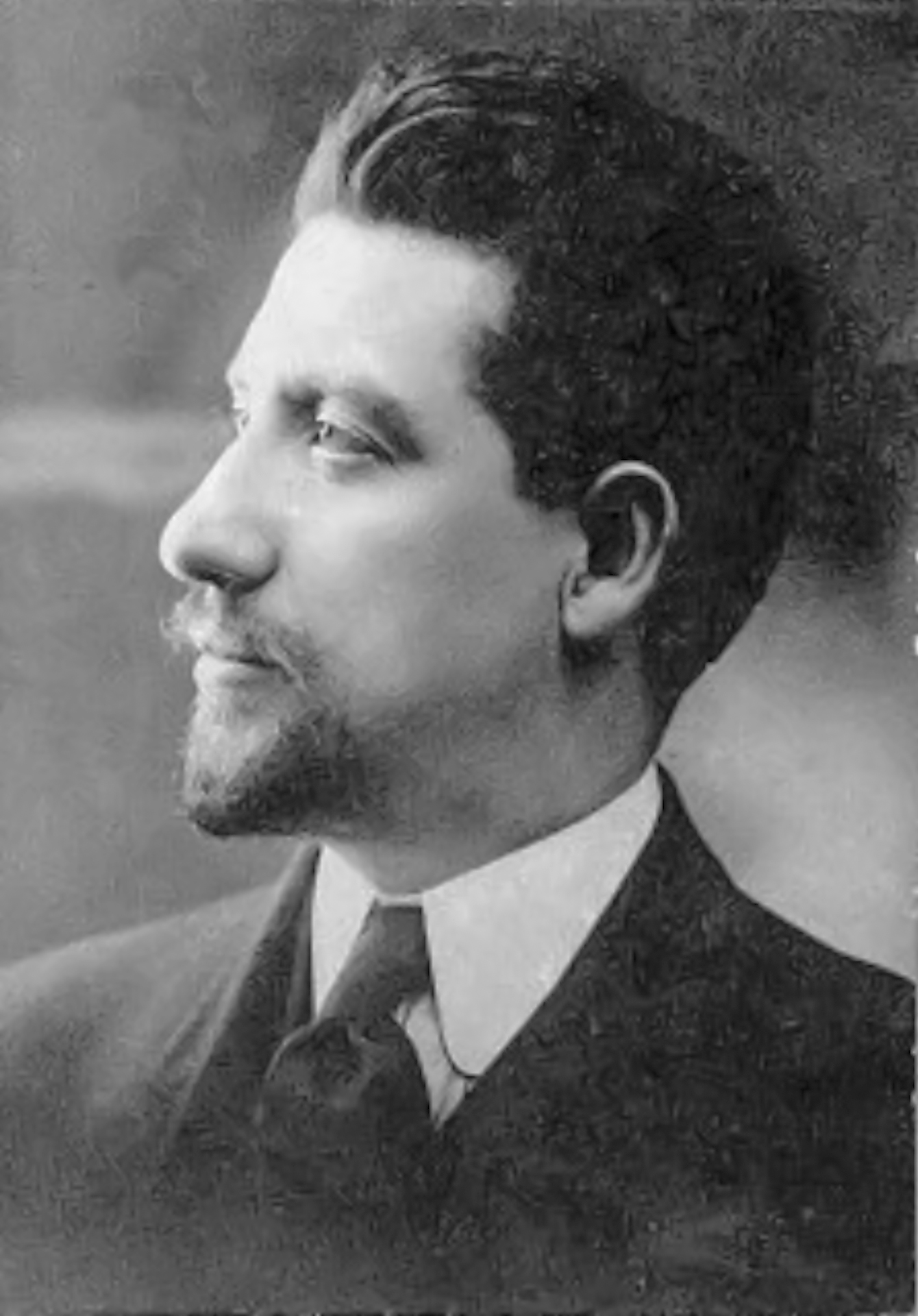
Credit: wikipedia
Carlo Tresca
Carlo Tresca was born in the town of Sulmona (population 24,221 in the 2017 Census) in the province of L’Aquila in Abruzzo on March 9, 1879. After graduation from high school and a year in the seminary, he went to work for four years as a secretary for the Italian Federation of Railroad Workers. He also became the editor of Il Germe (The Germ), a socialist weekly newspaper based in Sulmona. In 1904 when he was 25, Tresca was convicted of libel based on his report about the torture of prisoners in the local jail. To evade prison, he immigrated to the United States and settled in New York City. His wife and young daughter soon joined him there.
Also in 1904, Tresca was elected Secretary of the Italian Socialist Federation of North America (ISFNA) and became editor of Il Proletario (The Proletarian). In 1907, he resigned as editor and began publishing his own newspaper, La Plebe (The Plebian). He soon moved his newspaper to Pittsburgh where he espoused socialist ideals to Italian-American miners and mill workers. In 1909, he closed his newspaper in Pittsburgh, became a U.S. citizen, and started another newspaper, L’Avvenire (The Future), back in New York City.
In 1912, Tresca quit the ISFNA and joined the Industrial Workers of the World. He became involved in various strikes, first by textile workers in Lawrence, Massachusetts, in 1912, again by textile workers in Little Falls, New York, also in 1912, then by hotel workers in New York City in 1913, by silk mill workers in Paterson, New Jersey, also in 1913, by miners in Colorado in 1914, and again by miners in the Mesabi Range of Minnesota in 1916. In Minnesota, Tresca was arrested for murder and jailed for nine months but was eventually released without going to trial for lack of evidence tying him to the crime.
With the entry of the United States into World War I in April 1917, his newspaper was suppressed under the Espionage Act. Tresca then became a frequent speaker at anti-war rallies. After the war ended in November 1918, he started another newspaper, Il Martello (The Hammer). When the American Civil Liberties Union was formed in early 1920, he became a member. In August 1920, he organized a successful picket of British ships by dock workers to protest the arrest of an Irish doctor after Ireland had gained its independence from Great Britain.
During this incident, Tresca met an Irish-American political activist, Binna Martin, with whom he began an affair. When his wife learned about the affair, she left him and took their daughter with her but did not divorce him. Tresca and Martin had a son, Peter Martin, who was born in early 1923.
After the birth of his son, Tresca allowed an advertisement for a birth control pamphlet to be printed in his newspaper. As a result, he was arrested in August 1923 and found guilty of publishing pornography after a trial two months later. The verdict was affirmed on appeal on November 10, 1924. Tresca entered the federal penitentiary in Atlanta, Georgia, on January 5, 1925, to serve his sentence of one year and one day. He was released on January 6, 1926.
Tresca returned to his newspaper to publicize and raise funds for the appeal of Nicola Sacco and Bartolomeo Vanzetti of their death sentence for the murder of two men in Massachusetts. He continued his efforts until Sacco and Vanzetti were executed on August 23, 1927. Tresca then turned the attention of his newspaper to making anti-fascist attacks against Benito Mussolini in Italy and anti-communist attacks against Joseph Stalin in the Soviet Union. When the Spanish Civil War erupted in 1936, Tresca supported the republic against the fascist forces of General Francisco Franco.
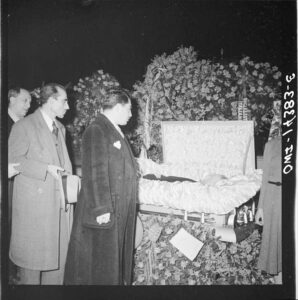
Credit: By Marjory Collins from Library of Congress: Farm Security Administration – Office of War Information Photograph Collection
In 1937, Tresca was appointed by the governor of New York to be a member of the Dewey Commission which cleared Leon Trotsky of all charges made during his sham trial in Moscow. In early 1938, Tresca as editor accused the Soviets of kidnapping Juliet Stuart Poyntz to prevent her defection from the Communist Party USA because, before she disappeared, she had talked to him about “exposing the communist movement”.
After communism was discredited in the United States when Stalin signed a nonaggression pact with Nazi Germany under Adolph Hitler in August 1939, Tresca began to direct his editorial attacks against the Mafia in New York City. The withering fire of his critical public campaign drew the attention of law enforcement to focus on the Mafia. On January 11, 1943, Tresca was near his newspaper office crossing Fifth Avenue at 15th Street on foot when a black Ford pulled up beside him. A short, squat man in a brown coat jumped out and shot Tresca with a hand gun in the back of the head, killing him instantly. He was two months shy of his 64th birthday. An investigation later determined that Tresca was killed by a parolee, Carmine Galante, on the order of Frank Garofalo, under boss to Joseph Bonanno, who headed a New York crime family. No charges were ever brought because of insufficient evidence.
Sources, all accessed July 25, 2021:
- Salvatore J. LaGumina et al., The Italian-American Experience: An Encyclopedia at pgs. 640-641 (Garland Publishing, Inc. 2000)
- https://en.wikipedia.org/wiki/Carlo_Tresca
- https://en.wikipedia.org/wiki/Sulmona
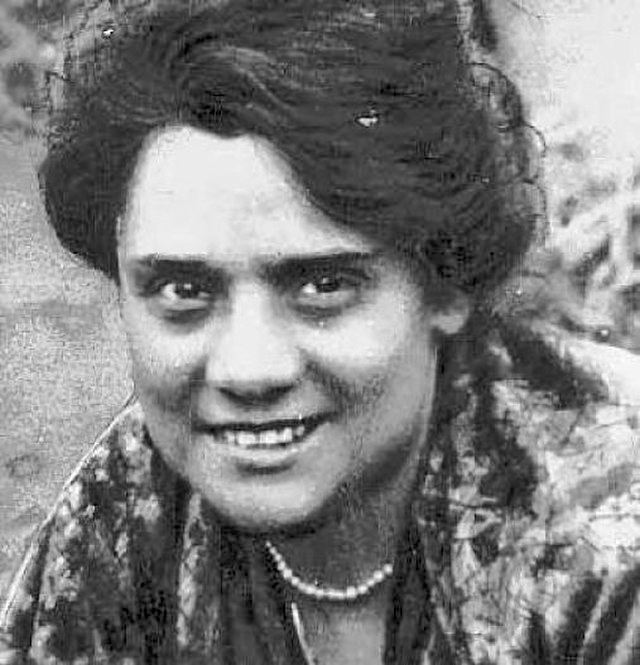
Credit: commons.wikimedia.org
Virgilia D’Andrea
Virgilia D’Andrea was born in Sulmona (population 24,221 in the 2017 Census) in the province of L’Aquila in Abruzzo on February 11, 1888. Both her parents died when she was six, so her relatives enrolled Virgilia in a Catholic boarding school in the town. During her education, she read hundreds of books, developing an affinity for poetry. She remained in the boarding school until she was 18 when she qualified as a teacher. She taught in different elementary schools in Abruzzo for the next ten years.
In 1917 at the age of 29, she met an anarchist journalist named Armando Borghi at a meeting of a radical trade union which he headed. He was six years her senior. They became companions, then lived together. Although a free love advocate, D’Andrea maintained a monogamous commitment to Borghi throughout her life. During that same year, she left teaching to join the protest movement against Italian participation in World War I. The couple was subjected to house arrest and legally confined until the war ended in November 1918.
Between 1918 and 1922, she gave talks and published a number of poems in Avanti! which was the newspaper of the Socialist Party in Rome. In 1922, she published her first book entitled Tormento which was a collection of 19 poems written in rhyme. Her poems reflected the tension of social protest prevalent after the war and expressed her angst in the wake of political defeats dealt the workers’ movement. The book was well received and a total of 8,000 copies were sold.
After Mussolini’s March on Rome in October 1922, D’Andrea and Borghi started to receive death threats, so they decided to emigrate from Italy. They first went to Berlin, Germany, in 1923, then to the Netherlands in 1924, and finally to France in 1925. While living in Paris, D’Andrea published her second book entitled L’Ora di Marmaldo (The Hour of Marmald) which was a volume of poetic prose attacking fascism.
In the Fall of 1928, D’Andrea and Borghi immigrated to the United States and settled in Brooklyn, New York. In 1929, a second edition of Tormento was published in Italy. It was immediately seized by the fascist government of Mussolini who charged that it inspired revolt because it “excited the spirits”. Citing her advocacy of free love, the government then charged D’Andrea in absentia with “reprehensible moral behavior”.
During the next four years, she gave speeches and conducted lecture tours across the United States to help rejuvenate Italian-American labor groups. In doing so, she connected emotionally with her working-class audiences. However, she developed breast cancer and died in New York City on May 12, 1933, three months after her 45th birthday. Borghi was at her side when she died.
Before the year was over, Borghi had her collection of unpublished writings, including poetry, prose, and autobiographical memories, printed in her third and last book entitled Torce Nella Notte (Torches in the Night). It was her most successful work. In 1946 after World War II ended, Borghi returned to Italy where he lived unmarried for the rest of his life.
Sources, all accessed July 21, 2021:
- https://en.wikipedia.org/wiki/Virgilia_D’Andrea
- https://www.katesharpleylibrary.net/8sf86b
- https://attackthesystem.com/2021/05/29/betrayal-vengeance-and-the-anarchist-ideal
- https://libcom.org/history/borghi-armando-1882-1968
- https://en.wikipedia.org/wiki/Sulmona
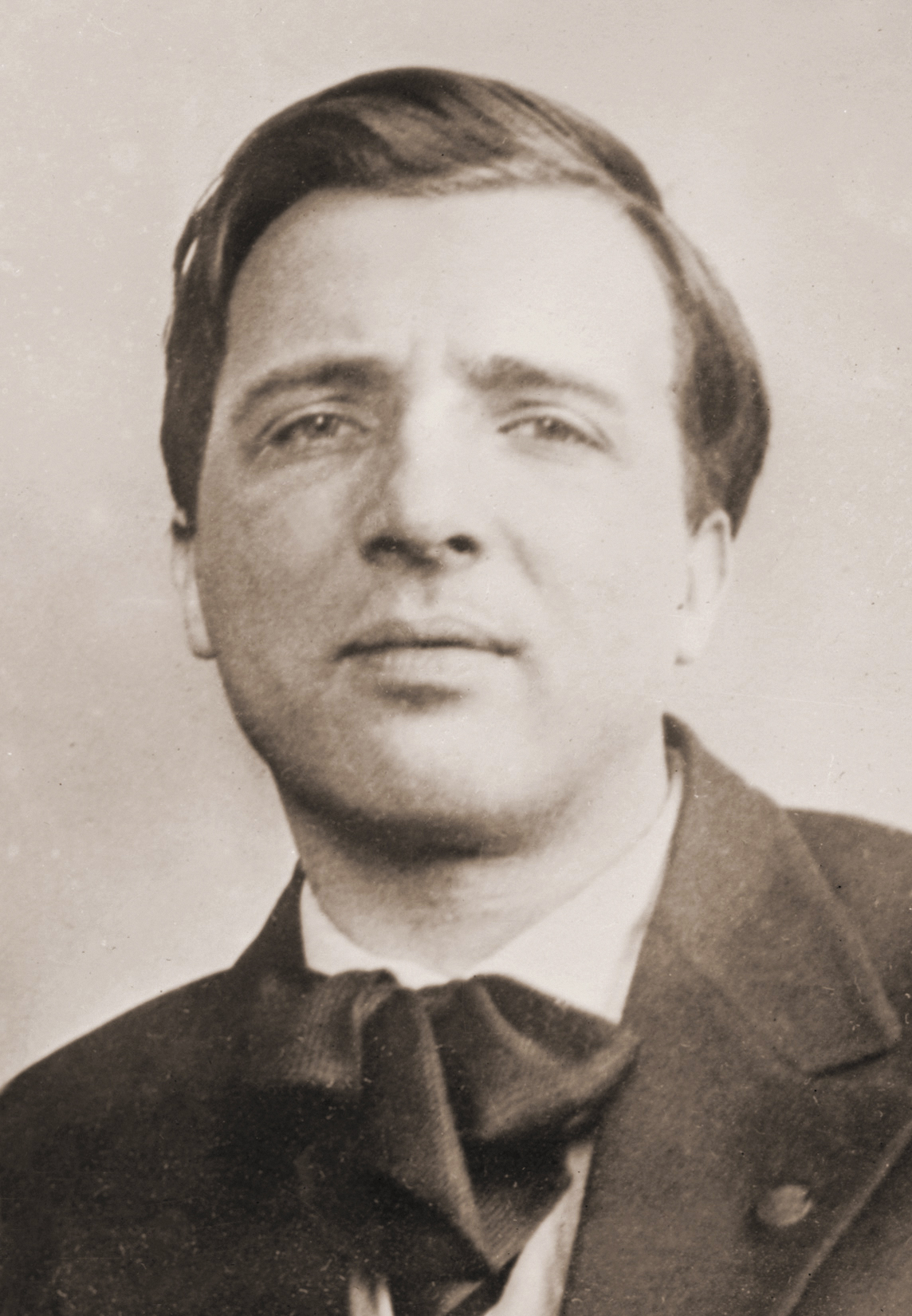
Credit: wikipedia
Arturo Giovannitti
Arturo Giovannitti was born on January 7, 1884, in Ripabottoni (population 4,937 in the 1881 Census) in the province of Campobasso in Molise. He was the oldest of three sons born to Domenico Giovannitti, a pharmacist, and his wife, Adelaide Levante. After he finished high school, he immigrated in 1901 to Canada to study in a Presbyterian seminary where he learned English and French. He then transferred to McGill University in Montreal to complete his courses in theology.
In 1905, he came to New York City to study further at the Union Theological Seminary and briefly at Columbia University, but he did not graduate. Due to a lack of funds, he quit his studies and started to assist rescue missions for Italians in Brooklyn where he was appalled by the poor conditions of the immigrants. Determined to assist them, he gave up his quest for the ministry and started working in 1907 with Carlo Tresca on La Plebe (The Plebian), a socialist journal. In 1908, he joined the Italian Socialist Federation of North America. His first workers’ poem was published in the May Day issue of Il Proletario (The Proletarian) which was the Italian newspaper of the Industrial Workers of the World (IWW). In 1911, he became the editor of the newspaper.
On January 1, 1912, in accordance with a new state law, the textile mills of Lawrence, Massachusetts, posted new rules limiting the hours of workers to 54 per week, down from 56. When employers did not adjust wages up to compensate for the two lost hours, a strike occurred. On January 12, the IWW Local 20 called for Joseph Ettor (born Giuseppe Ettore) to come to the city to lead the strike. Ettor then called Giovannitti to come to help with relief efforts. Upon his arrival, Giovannitti gave his most famous address, The Sermon on the Commons, which modified Jesus’s Beatitudes to more aggressive stances. On January 29, a 16-year-old picketing striker named Anna LoPizzo was shot and killed during a police crackdown on an unruly crowd of workers. An Italian, Joseph Caruso, was arrested and jailed for murder. Although Ettor and Giovannitti were three miles away, they were arrested and jailed for inciting a riot. While in jail, Giovannitti wrote many poems. The most famous was The Walker inspired by the footsteps of a prisoner pacing in a cell above him at night. The trial began in Salem on September 30, 1912, eight months after their arrests. There were 19 defense witnesses who testified that the shooter was a policeman, not Caruso. Ettor and Giovannitti both delivered their own closing statements at the end of the almost two-month trial. Giovannitti’s speech brought many in the gallery to tears. After three days of deliberations, the jury acquitted all three defendants on November 26, 1912.
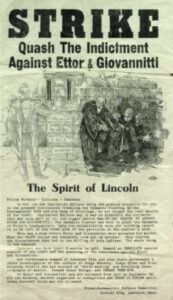
Credit: Italy Heritage
The trial had been followed closely by the press throughout North America and Europe. As a result of his newfound fame, Giovannitti returned to his work as an editor, became a U.S. citizen, avoided involvement in strikes, and published his first book of poems, Arrows in the Gale, in early 1914. In reaction to the start of World War I later that year, he wrote an anti-war play called As It Was in the Beginning which had a short Broadway run in 1917. After the war was over at the end of 1918, his mother wrote to him to tell him that both his brothers had been killed in battle. This tragic news depressed him so much that he began to drink heavily. Nevertheless, between bouts of depression and drinking, he began to travel around the United States urging workers to join the IWW because it was an amalgamated union of all races and nationalities.
After Benito Mussolini seized power, Giovannitti helped to organize the Anti-Fascist Alliance of North America in 1923 and was elected Secretary. He then married Carrie and had three children who they named Roma, Vera, and Lenin. He traveled for years to speak before Italian-American workers about the dangers of fascism. When the United States entered World War II in December 1941, he sharpened his focus on his anti-fascist activities. In 1943, he gave the eulogy at the funeral of his friend, Carlo Tresca, who had been shot by a mafioso in New York.
In 1950 at the age of 66, Giovannitti was stricken by neuropathy, a vitamin B deficiency, not fully understood at that time, which resulted in the paralysis of both of his legs below the knees. Consequently, he returned to writing and published a collection of his Italian poems in a book entitled Quando Canta il Gallo (When the Rooster Sings) in 1957. He was editing a collection of his English poems when he died in the Bronx on January 31, 1959, about three weeks after his 75th birthday. These English poems were published posthumously as The Collected Poems of Arturo Giovannitti in Chicago by Clemente & Sons in 1962.
Sources (all accessed December 12, 2021):
- Salvatore J. LaGumina et al., The Italian-American Experience: An Encyclopedia, at p. 268 (Garland Publishing, Inc. 2000)
- https://en.wikipedia.org/wiki/Arturo_Giovannitti
- https://www.italyheritage.com/great-italians/history/giovannitti-arturo.htm
- https://en.wikipedia.org/wiki/Ripabottoni
September/October 2022



